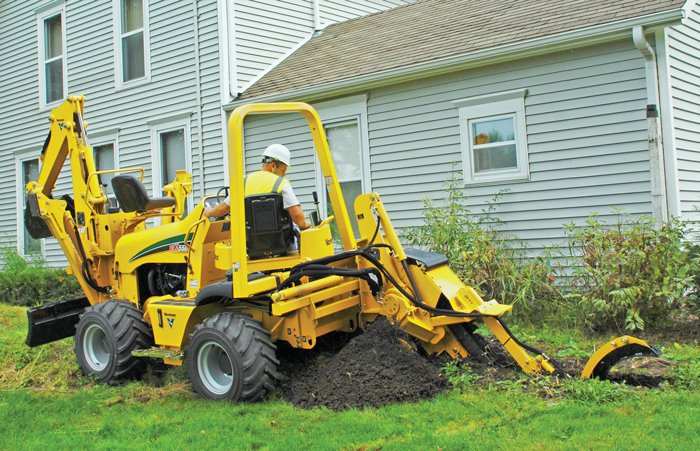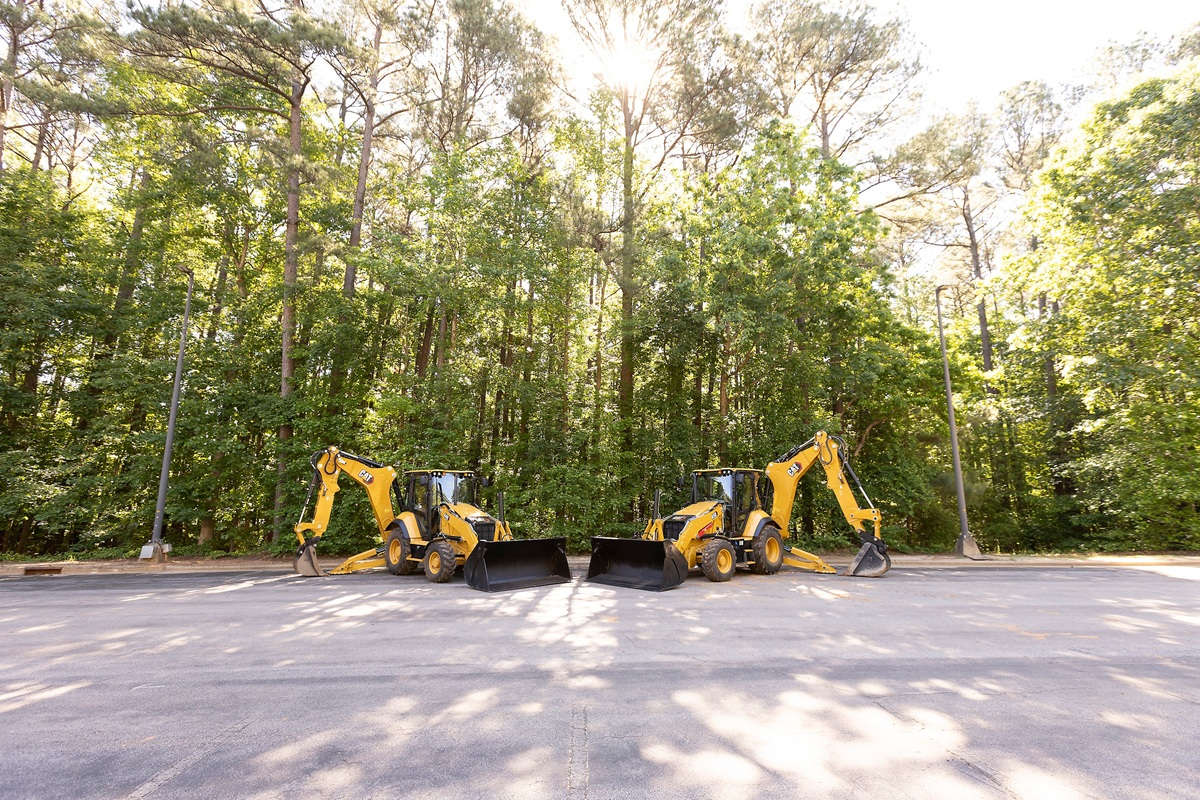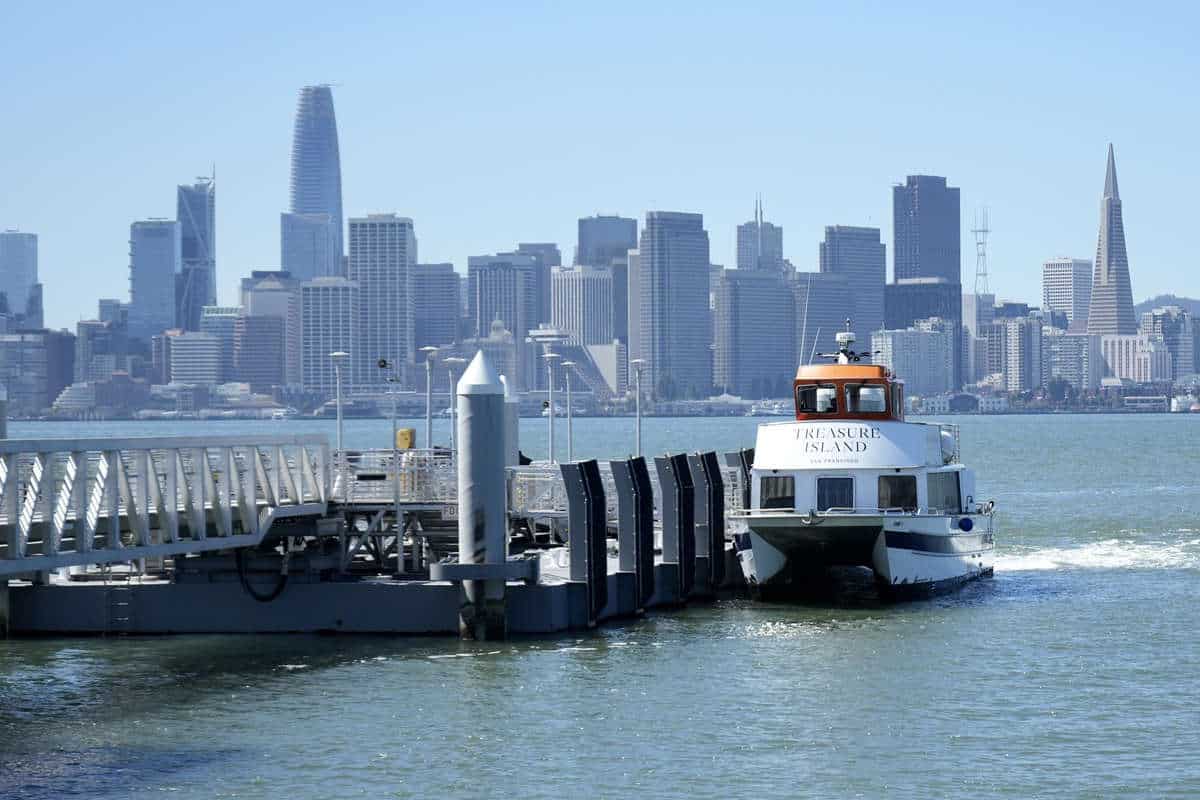Is a Trencher or Loader with Trencher Attachment Better for Your Business?
By Emily Newton
When you’re in the market for trenching equipment, you might wonder whether your business would benefit more from a dedicated trencher or a loader that includes a trencher attachment. Here are some things that can help you reach a well-informed conclusion.
Consider the Job Type
Thinking about the kinds of jobs you usually handle for customers is a good starting point. A trencher only digs trenches, but a loader with a trencher attachment can provide more versatility.
For example, microtrenching is a popular method of laying fiber-optic cables quickly with minimal disruption to nearby residents. It involves cutting trenches on one side of a road that are only 1-3 inches wide and 5-12 inches deep. Some companies offer microtrenching attachments for skid steer loaders.
One of the main benefits of attachments is that they allow people to complete various tasks with the same piece of equipment by switching out the tool used. Suppose a company frequently gets asked to dig trenches for fiber-optic equipment, as well as sewer and water lines. In that case, loaders with trencher attachments could give more flexibility for those different jobs.
Think About Trenching Frequency
It’s also useful to think about how often people at your company dig trenches for clients. If that’s one of their main duties, a trencher could be a wise investment due to how much people will use it. Relatedly, many dedicated trenchers work faster than trencher attachments can. That could mean that a company stays more profitable due to increased productivity.
However, when a company only utilizes trenching equipment occasionally, it may be more cost-effective for them to purchase loaders with trencher attachments. That’s due, in part, to how some manufacturers offer trencher attachments that work with either skid steer loaders or excavators. Then, if a company has either of those pieces of equipment, they can easily engage in trenching, too.
However, achieving maximum productivity with a trencher attachment involves matching its auxiliary hydraulic flow to the parent machine. Even if a company purchases an extension that works with multiple types of main equipment, they should follow the provided operating instructions for the best performance.
Assess Your Immediate Budget
The amount of money a person wants to spend on equipment for trenching can also affect whether they choose trenchers or loaders with trencher attachments. For example, some rented trencher attachments come with multiple chains that get switched out depending on the desired use. Double standard chains are a popular type best suited for harder, dry soil. Then, single standard chains work well in loose, damp soil. You’ll also often see those on smaller trencher attachments.
Dedicated trenchers often have lower upfront costs than loaders with attachments. However, since they’re less versatile, it may take longer to see a return on investment compared to using an attachment. Moreover, the ability to rent an attachment with several chain types included allows companies to stay productive when dealing with different terrains.
However, when people purchase loaders with trencher attachments, they should consider the combined cost of those items. The overall expenses can be more at the start, but the investments may pay off for someone who wants a piece of equipment that can handle trenching and more.
Evaluate Portability Needs
When working in tight surroundings or frequently moving between jobsites, selecting a portable or walk-behind trencher may be ideal. Since these machines typically weigh about 200 pounds, it’s possible to pick them up and move them. Additionally, the more compact sizes of portable trenchers make them good choices for residential areas with less available space overall to accommodate larger pieces of equipment.
Chris Thompson, a product manager at Ditch Witch, noted, “Consider your trench dimensions and available space. A good rule of thumb: A walk-behind trencher will work best up to a depth of 48 inches and a width of 8 inches.”
Mini skid steer loaders and track loaders offer similarly compact sizes. However, it’s necessary to consider the extra size and weight associated with a trencher attachment or any other tools used. However, a mini skid steer can assist with other tasks at a jobsite that may expedite the trenching process. For example, these machines can lift heavy items to assist with loading. They can also move gravel piles or debris, quickly clearing the area.
Calculate Transportation Needs
Deciding whether to buy a loader with a trencher attachment or a dedicated trencher also requires considering what transportation resources a company has at its disposal. The diverse uses of loader attachments could make it possible to only transport a single piece of equipment to a site rather than several.
Numerous industry experts cited the rising popularity of mini skid steers, also called compact utility loaders. Some noted that customers like that they can rely on those machines for multiple tasks, thereby removing the potential challenges of hauling several pieces of equipment. Others discussed how the compact size of the mini skid steers allows for easier movement between sites.
Brett Newendorp, landscape marketing manager at Vermeer, explained how numerous industries find that these machines meet needs. “We developed compact utility loaders in the early 2000s mainly to meet the needs for support equipment for our directional drilling and trenching customers. Demand for loaders came from the landscape and forestry industries after the initial product development,” he said.
Newendorp also mentioned how clients using these multipurpose machines take up less space than they would with several pieces of equipment in addition to enjoying easier transportation to sites. Now, Vermeer offers an assortment of attachments besides trenchers, such as vibratory plows and tree and log grapples.
Weigh Short- and Long-Term Needs
Besides pondering all the factors covered here, think about what kind of trenching equipment would help your business the most, both immediately and over time. When your investment is highly likely to show quick benefits and help the organization stay competitive for the future, it’ll be easier to justify the expense, whether that means you own or rent the equipment.
Consider your company’s current goals and any future milestones you hope to achieve. Having the right equipment to complement the jobs you do most often could make your team more productive while your organization continually profits.
Emily Newton is a construction and industrial journalist. She is also the Editor-in-Chief for Revolutionized Magazine. Keep up with Emily by following her by subscribing to Revolutionized’s Newsletter.
RELATED: How Can Telematics Improve Equipment Rentals? Tags: Trencher





